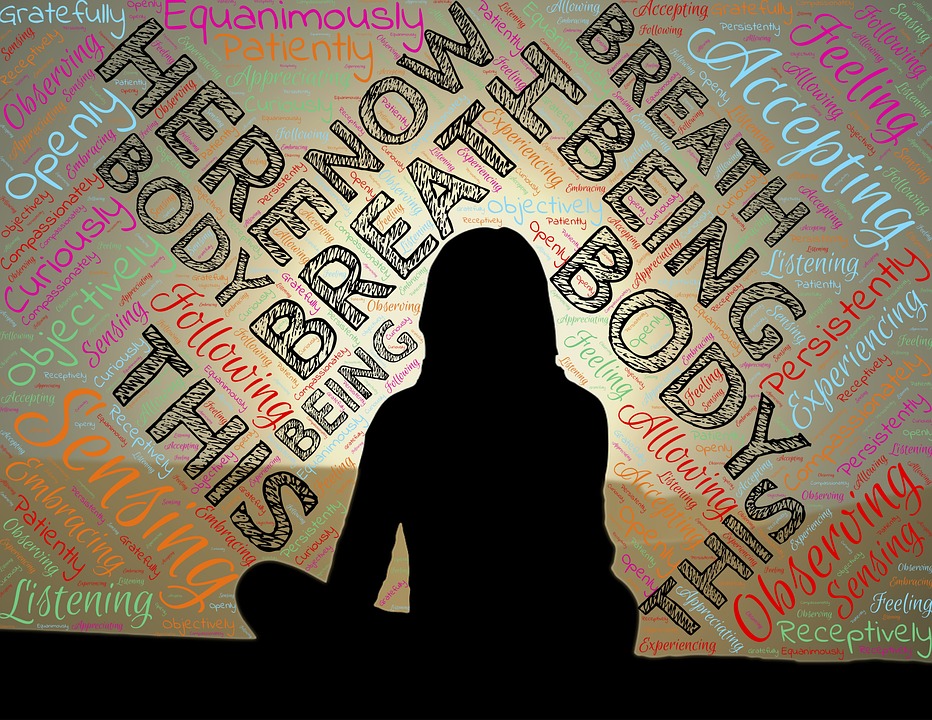Deep breathing, huh? If you’re over the age of six, chances are you are familiar with the phrase: take a deep breath. Count backwards from ten. Or hundred. As exasperating as it might seem to be told to take a deep breath when under stress, it *is* the one thing that can actually calm you down. This is why that those who practice yoga also swear by pranayama, the sister practice of breathing exercises that accompanies yoga.
What exactly does deep breathing do? For starters: Your body is designed to expel up to 70% of toxins through breathing itself, so when you consciously deepen your breathing, taking time to expand your chest, the body detoxifies to a great degree within a short span. Secondly, breathing deeply helps in dilating constricted muscles and blood vessels, allowing for relaxation. Picture yourself in a moment of tension. You can imagine the clenched jaw and fists, neck muscles straining, brow furrowed, the nerve in your temple throbbing, your teeth gritted. Focusing on your breath at this moment helps the body realize that it is not in fight or flight mode, and gets the body to unconsciously relax. Your brain stops stressing on one single point and regains clarity of thought. Your posture straightens in spite of your stress, and your heartbeat regulates. And these are just the surface level benefits. Inside the body, there are changes happening at the cellular level, all to the larger benefit of the body.
Here are some of the benefits in detailwhen you practice deep breathing.
Deep Breathing Exercises
Now that we’ve established the benefits of practicing deep breathing, let’s take a look at four pranayama breathing exercises.
- Sama Vritti or Equal Breathing: This is a deep breathing exercise you can practice at the beginner level. Similar to counting sheep, this exercise just requires you to pace yourself to regulated and equal inhalation and exhalation. Practice each to a count of four, with a count of two in between inhalation and exhalation. As the breathing pattern becomes regular, it begins to happen by itself, without any focus or effort required by you. This regulates the heartbeat, quietens the brain, and allows the body to relax into stasis. This is usually practised before sleep, and also as an exercise to stay in the here and now.
- Naadi (Naa-Di) Shuddhi or Alternate Nostril Breathing: This is every yogi and yogini’s go-to breathing practice to bring the body into a state of balance. The nostrils are the pathways through which pranic energy flows, and it is of the essence to harmonize your breathing through both nostrils. The right nostril or the surya (sun) naadi helps heat up the body, and the left nostril or Chandra (moon) naadi helps the body to cool down. Try it yourself. Close one nostril and inhale and exhale through the other for five counts each. You will see the temperature regulatory effects this has on the body. This is also recommended for people with chronic respiratory issues. Pro-tip: don’t practice before going to sleep, this is an energizing deep breathing technique. Also check out Pranic Energization Technique, founded by the SVYASA institute.
- Abdominal Breathing: This method of deep breathing in pranayama is also an easy one. Use your chest and stomach muscles to expand and contract along with corresponding inhalation and exhalation. You can keep one hand on the chest and the other on your belly to feel the movement in your muscles. Try to regulate your pace to no more than 10 breaths per minute. This is a relaxation technique that is especially helpful for those with stage phobia. Before a presentation or a performance, practice this. Feel your body relax, your mind light up, and your focus sharpen.
- Fast Abdominal Breathing or Kapalabhathi: An advanced form of abdominal breathing, this requires you to forcefully inhale and exhale. The pace speeds up as the force required for breathing doesn’t allow for slow breathing, but wonder of wonders, at the end, you can actually feel yourself enter into this state of bliss where you don’t need to breathe for a few seconds. The forceful breathing expands your lungs so much that they can retain more oxygen than with regular breathing. This warms up the body, prepares it to face the world, and awakens the mind.
- Relaxation Breathing: Ah, my favourite. Usually accompanies the shavasana or the corpse pose. All the energy you’ve expended in stretching, bending, or contorting, and the deep, slow breathing your instructor guides you to, helps bring the body into a state of yogic nidra or sleep for just a few seconds. You focus on relaxing each body part with a breath. Especially helpful if you are an insomniac. Lie on your back, consciously relax your limbs, allow your body to slip into a non-rigid state, and focus on breathing. No counting, no keeping track, just focus on breathing, and allow the pace to lull you to sleep.
So there you have it. Five deep breathing exercises. Try one today to feel the difference.

